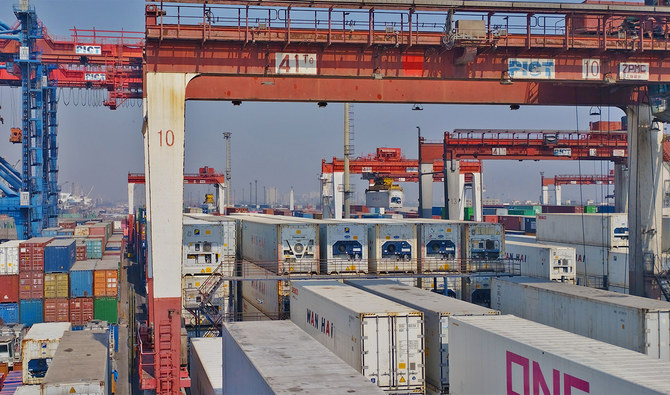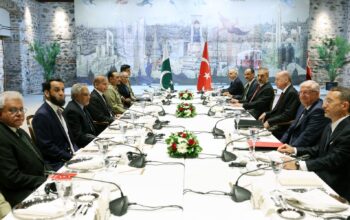By Staff Reporter
ISLAMABAD: Pakistan’s trade deficit has shown a significant reduction of 39.62 percent, amounting to $23.713 billion, during the initial ten months of the current fiscal year.
The country’s policymakers have enforced strict limitations on imports to circumvent a looming external payments crisis. These measures have proven effective in narrowing the trade deficit.
“There is no choice, and no one can take credit for this. People are not shopping because they don’t have money. And no one is lending,” said an analyst.
Exports declined by 11.71 percent to $23.174 billion during the same period, while imports decreased by 28.44 percent to $46.887 billion, the Pakistan Bureau of Statistics (PBS) data showed on Tuesday. Exports witnessed a decline of 26.68 percent on a year-on-year basis and were recorded at $2.124 billion in April 2023 against the exports of $2.897 billion in April 2022.
The imports also decreased to $2.953 billion in April 2023 from $6.661 billion in April 2022, showing negative growth of 55.67 percent.
The trade deficit narrowed by 77.98 percent on a YoY basis to $829 million in April 2023 compared to $3.764 billion in April 2022.
On a month-on-month basis, the exports during April 2023 decreased by 10.46 percent when compared to the exports of $2.372 billion in March 2023. The imports into the country decreased by 22.62 percent in April 2023 when compared to the imports of $3.816 billion in March 2023.
The trade deficit narrowed by 42.59 percent on a month-on-month basis and stood at $829 million in April 2023 compared to $1.444 billion in March 2022.
The country’s economy has faced a sharp slowdown due to a financial crisis compounded by devastating floods last year that inflicted billions of dollars of damage.
The decline in exports has put additional pressure on the country’s economy. The textile sector, which is the primary foreign exchange earner for the export sector, has been hit hard due to costly input costs, including higher energy prices and financing costs.
Expected external financing inflows have slowed as the country struggles to implement economic reforms under the IMF program it entered in 2019. The IMF has also delayed a $1.1 billion tranche due November last year issue related to external financing.
The government has been struggling to stabilize the economy as the country has less than a month’s worth of foreign exchange reserves.
Copyright © 2021 Independent Pakistan | All rights reserved




